Home / Albums / Tag Place:Britain 23

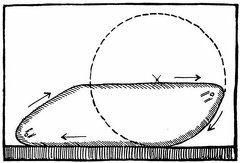 Diagram Showing Adaptation to the 'Large-Wheeled Tractor' Idea
Diagram Showing Adaptation to the 'Large-Wheeled Tractor' Idea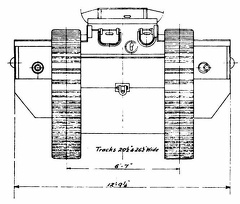 General Arrangements of Mark V. Tank—Front View
General Arrangements of Mark V. Tank—Front View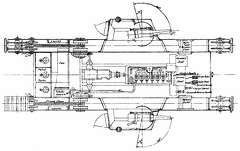 General Arrangement of Mark V. Tank—Sectional Plan
General Arrangement of Mark V. Tank—Sectional Plan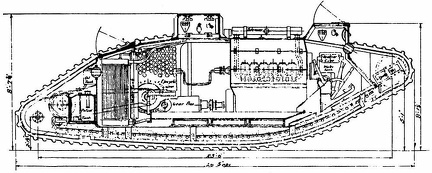 General Arrangement of Mark V. Tank—Sectional Elevation
General Arrangement of Mark V. Tank—Sectional Elevation Uniforms of the British Navy - A.B. (Marching Order), 1st Class Petty Officer, Stoker
Uniforms of the British Navy - A.B. (Marching Order), 1st Class Petty Officer, Stoker Uniforms of the Royal Marines - Gunner, R.M.A.,Colour-Sergeant, R.M.L.I., Major, R.M.A
Uniforms of the Royal Marines - Gunner, R.M.A.,Colour-Sergeant, R.M.L.I., Major, R.M.A The 'Great Harry', the First Big Battleship of the British Navy
The 'Great Harry', the First Big Battleship of the British Navy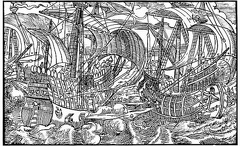 A Sea-fight in Tudor Times
A Sea-fight in Tudor Times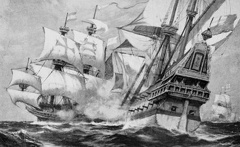 Destroying a Straggler from the Armada
Destroying a Straggler from the Armada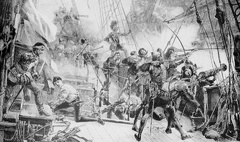 Lord Howard Attacking a Ship of the Spanish Armada
Lord Howard Attacking a Ship of the Spanish Armada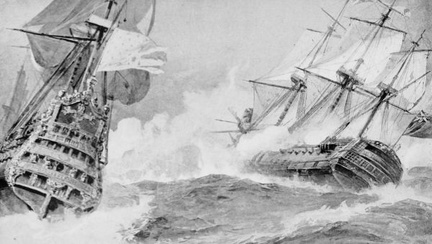 The 'Royal George' Engaging the 'Soleil Royal' in Quiberon Bay, 1759
The 'Royal George' Engaging the 'Soleil Royal' in Quiberon Bay, 1759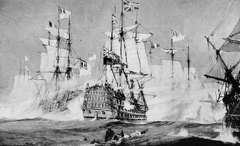 'The Glorious 1st of June', 1794
'The Glorious 1st of June', 1794 The Fight between a Merchantman and a Turkish Pirate
The Fight between a Merchantman and a Turkish Pirate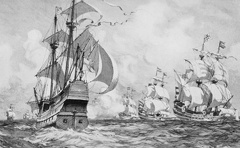 Teaching the Spaniard 'The Honour of the Flag'
Teaching the Spaniard 'The Honour of the Flag'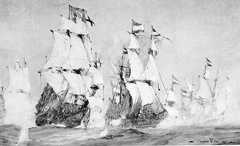 The Battle of the Nore, June, 1653, between the English and Dutch
The Battle of the Nore, June, 1653, between the English and Dutch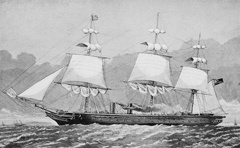 H.M.S. 'Warrior', our First Sea-going Ironclad Battleship
H.M.S. 'Warrior', our First Sea-going Ironclad Battleship The British Air Raid on Cuxhaven
The British Air Raid on Cuxhaven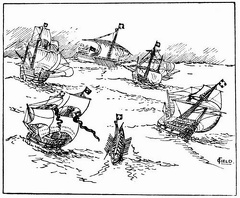 Ships of the Time of Henry VIII
Ships of the Time of Henry VIII The Gun with which we won the Great War with France
The Gun with which we won the Great War with France Submarine Mine laid by the Russians in the Crimean War
Submarine Mine laid by the Russians in the Crimean War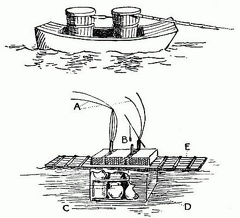 Chinese Floating Mines used againsts HMS Encounter
Chinese Floating Mines used againsts HMS Encounter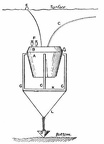 Russian Mine laid in the Baltic in the Crimean War
Russian Mine laid in the Baltic in the Crimean War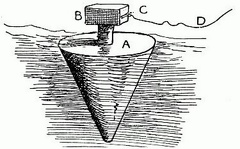 Chinese Floating Mines used againsts HMS Encounter
Chinese Floating Mines used againsts HMS Encounter



